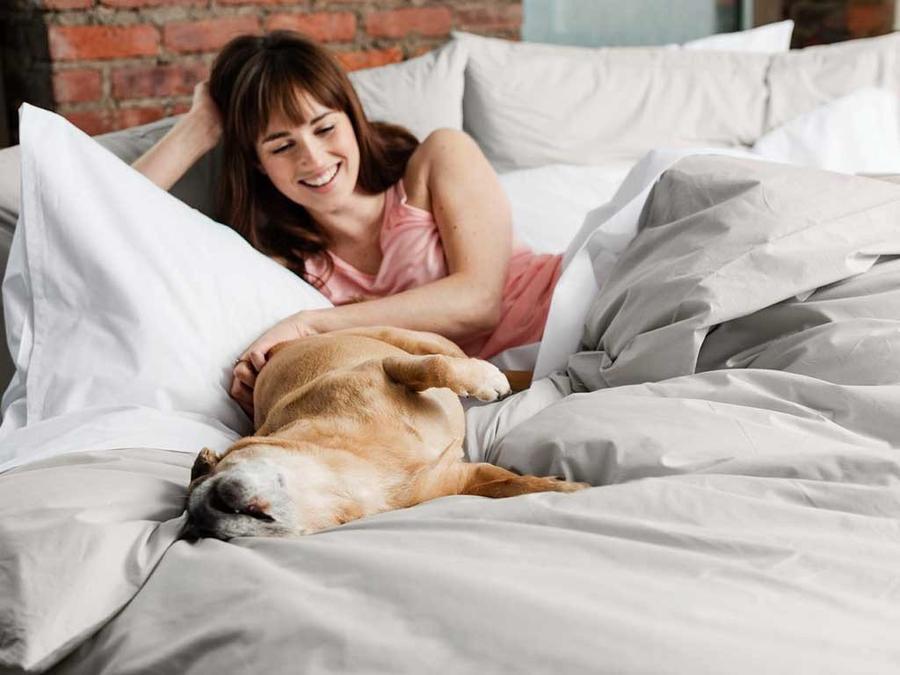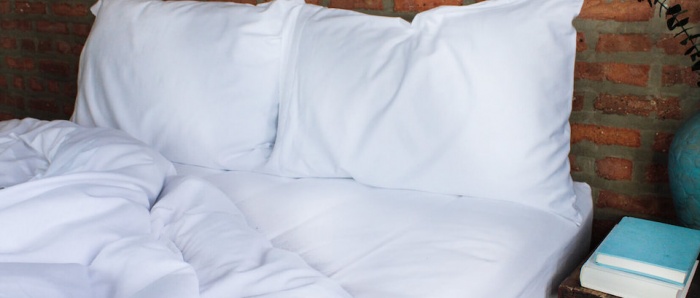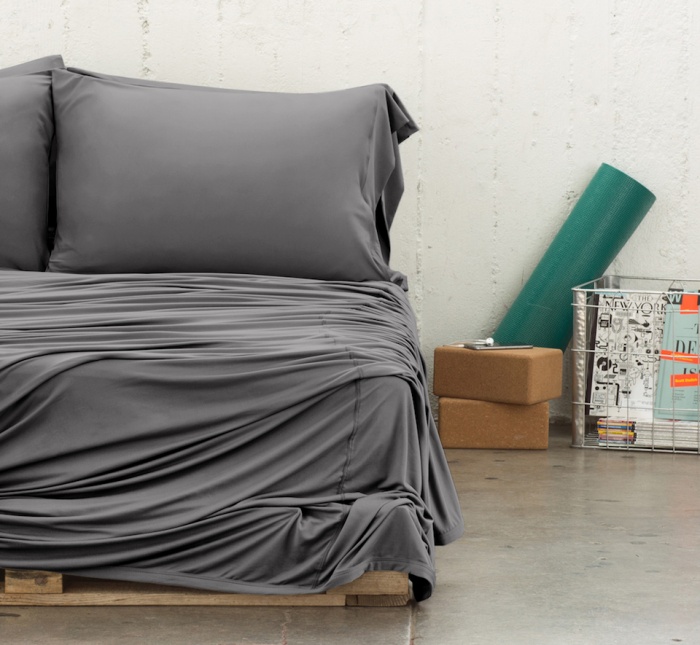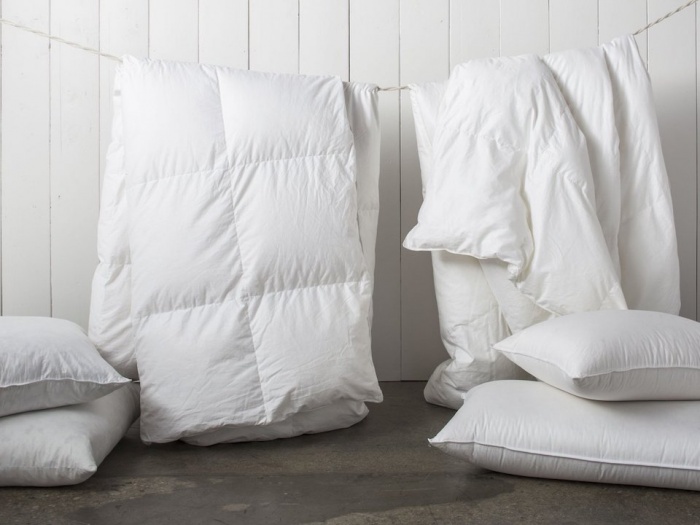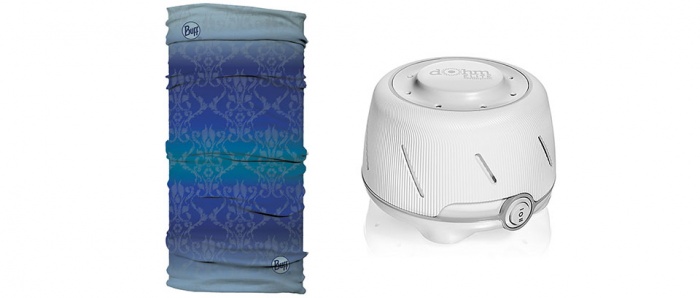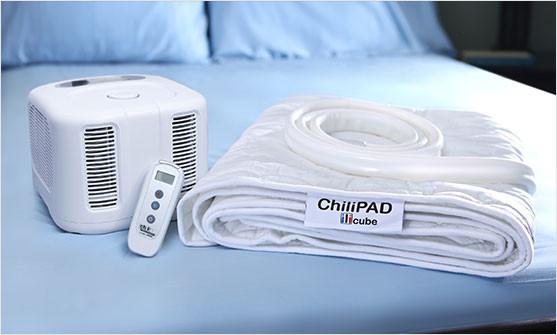The average person spends nearly one-third of their life sleeping. That’s around 25 years asleep. Or more than 9,000 days snoozing. It’s time you got the gear for better sleep.
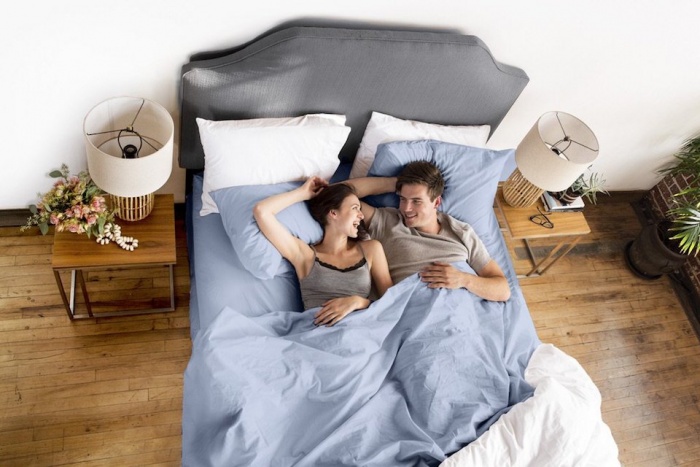
We nerd out on the lightest tent and brightest flashlight, but when was the last time you upgraded your at-home sleep system? Better sleep allows your body to recover more easily after a big trail run or hefty hike. It also increases brain cognition and keeps you healthier overall.
According to the CDC adults who consistently sleep less than 7 hours are at a higher risk of illness including heart attack, stroke, and cancer. And it’s a widespread problem, with tired Americans from coast to coast regularly reporting low sleep duration.

Concerned about the growing sleep epidemic, I spent the last six months researching, testing gear, and sleeping—all in the name of good journalism. And while this certainly isn’t an exhaustive list of sleep gear possibilities, a lot of care went into curating these recommendations.
I travel often and sleep on all manner of beds. I compiled this information with data collected in discussions with friends (plus extensive internet research) and personal testing. Presented below are my favorites; the gear I regularly rave about to friends, family, and complete strangers.
A good night’s sleep is possible. And with these tips and gear essentials, you’ll be sleeping like a pro in no time.
